Europe has shown it's less afraid of calling Putin's bluff than the US and getting Ukraine what it needs to fight Russia
- Oops!Something went wrong.Please try again later.
Europe has been noticeably bolder at helping Ukraine than the US despite Russia's threats.
It has taken the lead in giving Ukraine advanced weaponry and the freedom to use them.
One expert described a pattern where Europeans lead and "the US eventually comes along."
Ukraine's European partners have frequently been first to call Russian President Vladimir Putin's bluff, acting before the US to take bolder steps to support Kyiv even in the face of Russian threats.
Russia has repeatedly threatened retaliation if Ukraine gets big-ticket weaponry or permissions to strike into Russia. These threats are serious, with Russia routinely rattling the nuclear saber.
European countries, though regularly still on delayed timetables, tend to move forward regardless and do so first, with the US only later giving Ukraine the same tools and opportunities.
George Barros, a Russia analyst at the US-based Institute for the Study of War think tank, told BI that Ukraine's European partners are typically the first to do what the US says it won't do, allowing Ukraine to then "do the thing that Washington was terrified of doing."
If Ukraine succeeds and Russia doesn't retaliate, the US then realizes that "this is actually something that can be done," he said.
Europe is leading
The United States is considered a strong partner nation, and it has been the largest single-nation contributor of security assistance to Ukraine. It has provided weapons that have tremendously aided Ukraine's fight, such as Javelin anti-tank missiles, M777 Howitzers, High Mobility Artillery Rocket Systems (HIMARS), and critical Patriot air defense systems, among others.
But as a larger block of nations, the European continent has made a much larger financial contribution than the US. Many European countries have also given more as a proportion of their GDP than the US has. American President Joe Biden acknowledged in May that "Europe has spent more money in taking on Russia."
For European partners, though, perhaps the biggest thing is that Russian rhetoric and the risk of escalation do not appear to have deterred them the way it has the United States from sending the weapons Ukraine wants most.
The dozens of US-made F-16s now promised to Ukraine are coming not from the US, but from European countries — specifically Denmark, the Netherlands, Norway, and Belgium — after Washington, under mounting pressure from Ukraine and European allies, gave permission for the jets to be sent. It contributed to the training of Ukrainian pilots, but the US isn't providing fighter aircraft.
Beyond the provision of F-16s by some European nations, other countries in Europe have promised other types of aircraft to Ukraine. For instance, Sweden has offered a surveillance aircraft while France has promised to send Mirage fighters.
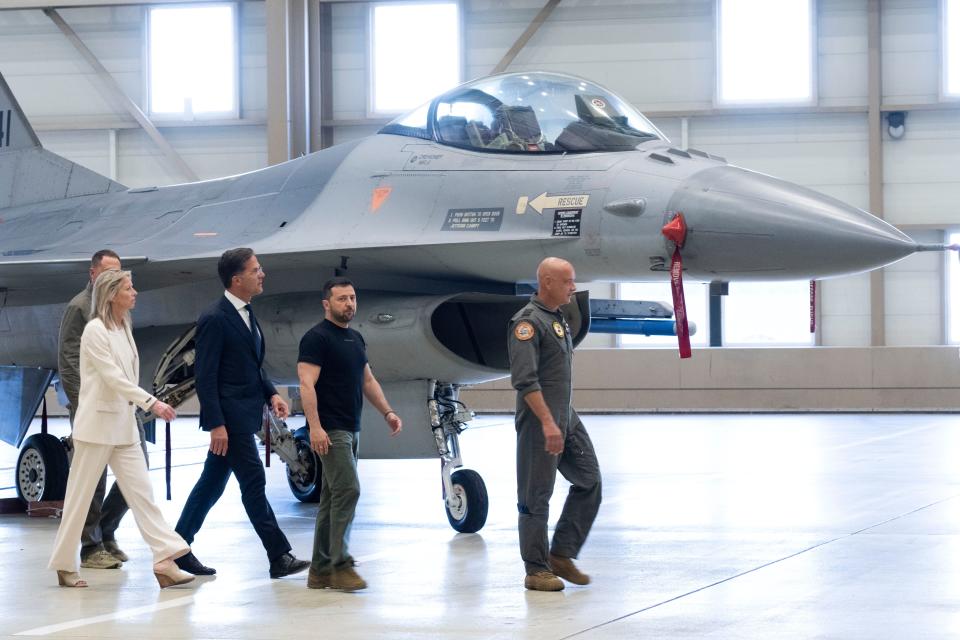
In early 2023, France became the first Western country to promise to send Ukraine Western armored combat vehicles. The US promise to send Bradleys followed the French assurance it would send the AMX-10 RC fighting vehicle.
For heavier armor, the UK was the first country to offer Ukraine Western main battle tanks, agreeing to it in January 2023 after months of Ukrainian pleading for Western tanks. The US announced it would do so later that month, knowing they would take far longer than the UK ones to arrive. US Abrams arrived much later, after Ukraine's big summer 2023 counteroffensive had already largely failed.
And Europe has been first on other big items on Ukraine's wishlist. For instance, while the US worried about the risk of escalation even as pressure grew at home and abroad for it to send Army Tactical Missile Systems (ATACMS), the UK became the first country to provide Ukraine with long-range cruise missiles. It gave Kyiv Storm Shadows in May 2023.
Davis Ellison, an analyst at The Hague Centre for Strategic Studies, told BI these weapons were long seen as "extremely escalatory" because of their range, yet the UK opted to send them anyway, with France following with the same missile from its arsenal, which Paris calls the SCALP-EG.
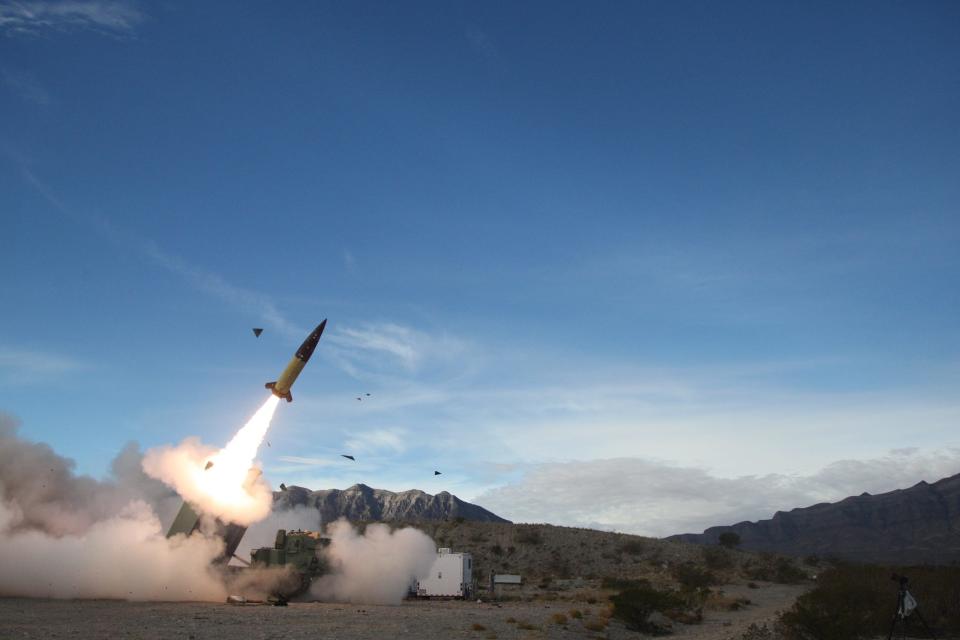
Only after Russia didn't escalate as it threatened "against anyone or anywhere outside of Ukraine" did the US send long-range ATACMS missiles months later, Ellison said. And when it did at last send the missiles, only a limited number were sent, giving Ukraine enough for really just one strike on a Russian airbase. It would be a while before Kyiv received more.
European countries have also led in letting Ukraine use Western weapons to hit military targets in Russia. More and more European countries came forward earlier this year to allow Ukraine to do this, but the US stayed a holdout.
The US gave Ukraine permission in May but restricted strikes to the border area near Kharkiv, where Russia was on the offensive. Additionally, it has kept some restrictions in place that its European allies have not — stopping Ukraine from using long-range missiles to hit military targets deep inside Russia.
Outside of weaponry, some European countries, like France, have outlined scenarios that would lead them to put their own troops in Ukraine, and Poland is now considering downing Russian missiles over Ukrainian airspace.
Europe is concerned about how reliable an ally the US will be if former President Donald Trump, who has criticized both NATO and Ukraine aid, is re-elected.
European countries increased their support when Republicans blocked aid to Ukraine for six months late last year, and the alliance is now moving forward with a new initiative to take greater control over help for Ukraine in case the US can't be relied on.
Making bold moves
The different experts BI spoke with pointed to Germany as an outlier among Europe's larger militaries, as it has often required immense pressure to persuade it to send much-needed weapons. But they said France, the UK, and countries that border Russia are among the boldest ones when it comes to helping Ukraine.
Mark Cancian, a retired Marine Corps colonel and a current defense strategy expert at the Center for Strategic and International Studies, told BI "the UK and France and many of the Eastern European countries are forward-leaning and putting pressure on the US."
"You've seen this pattern where the Europeans are leaning forward and the US eventually comes along."
Many of the Western nations that border Russia are the ones giving Ukraine the most help by share of their GDP. Some have given Ukraine all they have of a certain weapons type, not citing the concerns that Western European countries and the US have shared about needing to keep their arsenals well stocked. They're all in, characterizing Ukraine's fight as a shield keeping Russia at bay and off their doorstep.
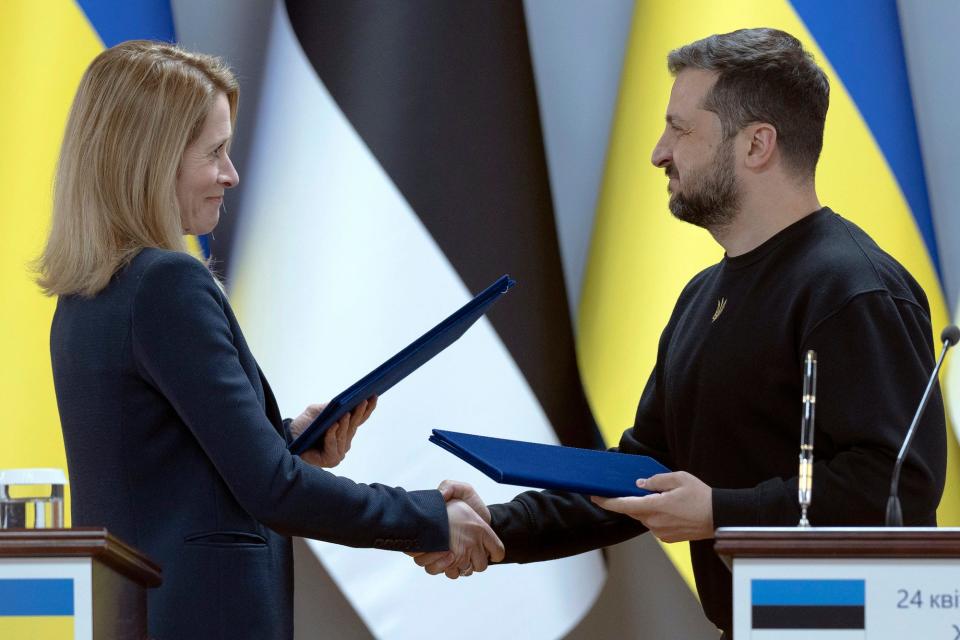
Barros said the UK has been a leader on multiple big-ticket items and had "actually broken the taboo and the seal" in some cases.
But there are still hangups, and some European countries want partner support for Ukraine to go much further. They say Ukraine should get the support it needs to fight Russia on the battlefield and that the West needs to deter Russia by showing that support for Ukraine cannot be eroded.
They say there should be no red lines. Lithuanian Prime Minister Ingrida Šimonytė told BI earlier this year that Ukraine's international partners need to go beyond the "red lines" they have set for themselves, saying that "Putin laughs at our red lines."
Barros said that the delays while countries debate what to offer to Ukraine are "very frustrating" because of the "lost time and lives." He said that "with many of these capabilities sooner, the Ukrainians would be in a much better place." But, instead, the US in particular has been "very timid."
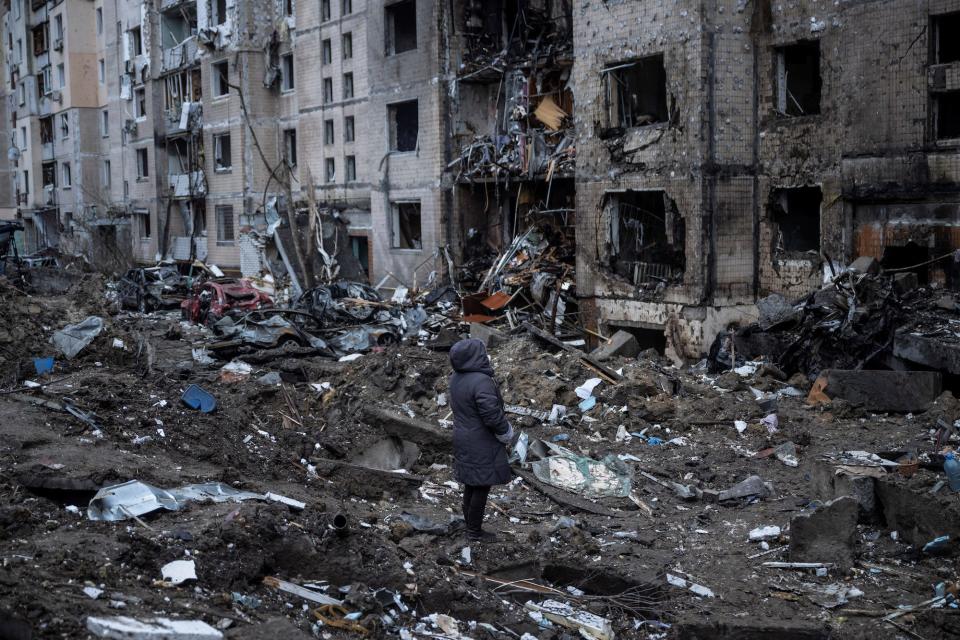
It's always a process. He characterized the US allowing some strikes into Russia as "doing the right thing," something which "six months ago seemed absolutely incredible and unthinkable."
"We get there," he said, "but it's a little too little too late."
Calling Putin's bluff
Europe's forwardness comes despite the fact that it is largely seen as more vulnerable than the US would be if Russia were to decide to retaliate given its proximity.
Many countries border Russia, and they may be Russia's first choice in an attack. They are actively boosting their militaries and border defenses in case Russia goes ahead with such a move.
But proximity may also explain the boldness.
Philip Ingram, a former British Army intelligence and security officer, said countries closest to Russia "understand the threat" — they understand Russia's power and what could happen to them if Russia took over Ukraine.
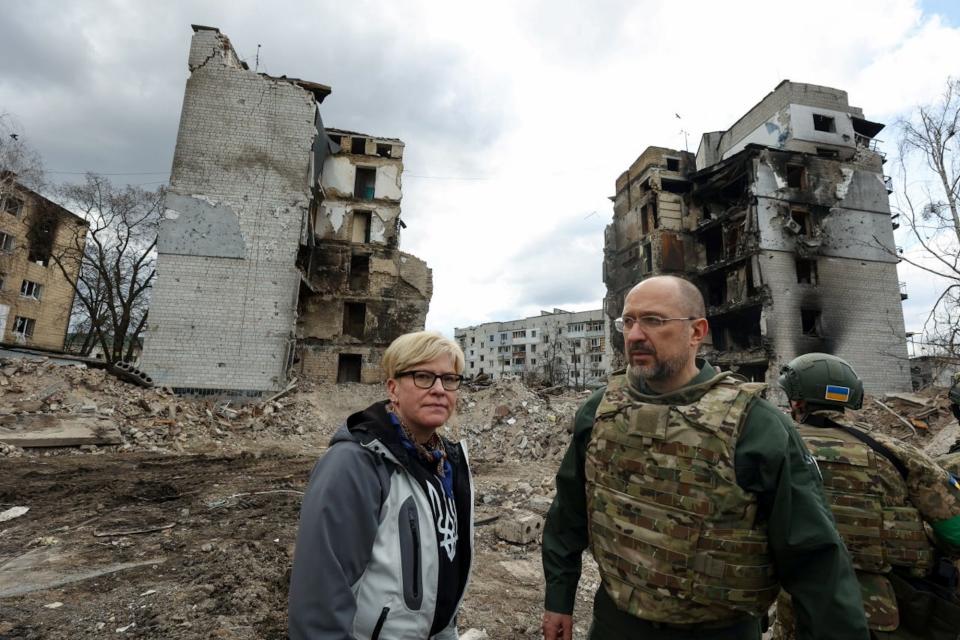
Many nations on the continent warn Russia may attack one of them if it's not defeated in Ukraine.
Europe also understands Russia better, Barros said. "I know Europe's not a monolith, but in general, they're closer to Russia," he said. "They understand Russia a little bit better than the people we have in Washington. And they understand you can actually call the bluffs."
But, he continued, the US is "across the ocean. It's difficult for a lot of our people to be grounded in reality."
A different situation for the US
Ellison said Russia may see US actions as inherently more escalatory as it has portrayed the US as its rival for so long, outlining the "persistent concern that if the US really, really doubles and triples down on some areas that it could be perceived as being very escalatory."
He said there's a belief in the US that European actions are "perceived as less escalatory" than American moves.
He said the US may sometimes urge European allies to take steps first, "to sort of gauge the Russian reaction and then after that make decisions about whether or not they're going to provide similar capabilities."
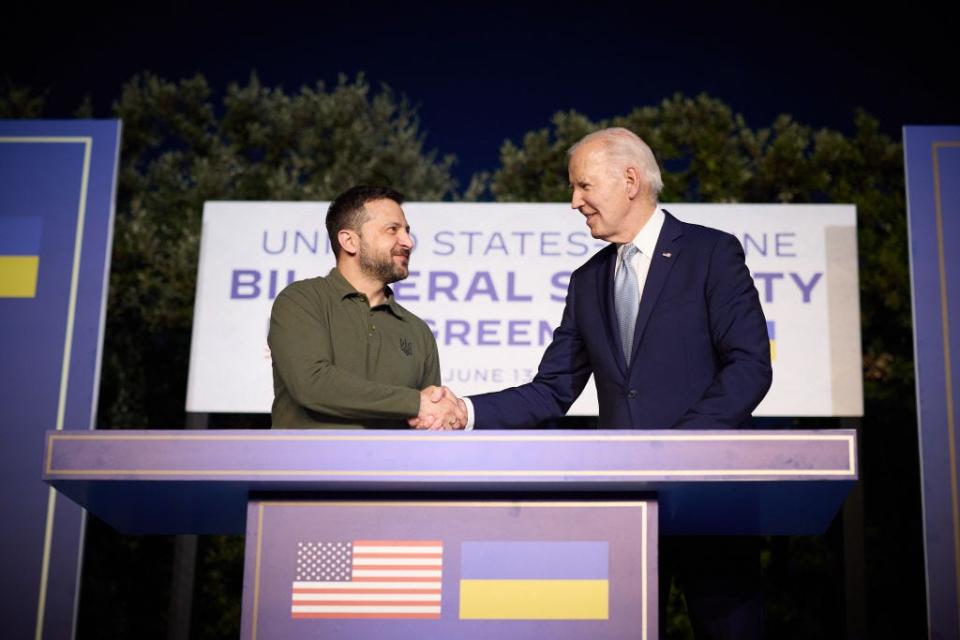
Ingram said that being first may also be a harder political sell in the US.
He said that for most Americans, "if you ask them to name five European countries, they probably wouldn't be able to do it." Hence, lawmakers worry there will be backlash over billions of dollars being sent to what many view as "this little European country."
Building on that, there is a deeper political trend among elements of the right in the US. There are factions within the modern Republican party that hold negative views of US alliances and oppose investments externally, favoring a more inward-facing America First foreign policy agenda.
The GOP, for instance, set off a political standoff in Congress late last year that ultimately delayed aid to Ukraine for months while trying to force the Biden administration's hand on border security.
That there is an upcoming US election makes some of these concerns more immediate. Former president Donald Trump has made disconcerting comments on the NATO alliance, as well as continued support for Ukraine. Likewise, his new running mate, JD Vance, has said that he does "not think that it is in America's interest to continue to fund an effectively never-ending war in Ukraine."
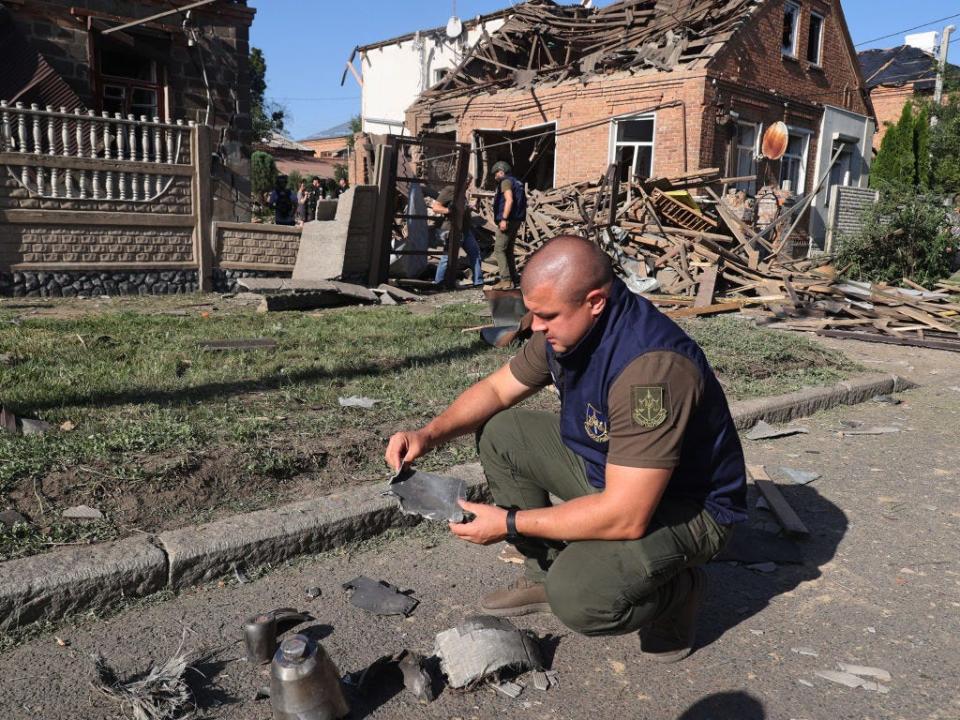
Other experts, however, continue to see escalation being the greater deterrence to US action. Barros described the White House as being "so incredibly paralyzed by fear of escalation that every half step is debated fiercely as being a step too far."
"I think we're overly cautious," he said.
He agreed the US should avoid war with Russia, but he said there are many more steps the US could take without risking direct war. He argued that "the risk tolerance that the White House has is extremely, extremely low."
He described US lawmakers as being victims of "Russian informational warfare" and warned that the West not giving Ukraine strong support is what Putin wants. Putin intends to win by assuming the West will abandon Ukraine. If that happens, he doesn't need to dominate on the battlefield.
Putin thinks "he doesn't have to have the most sophisticated capabilities," Barros said. His plan is that he "doesn't have to outmaneuver the Ukrainians practically or operationally or have military geniuses running his campaign. It's just: Eventually, the West will get tired and abandon Ukraine, and it'll lose that way."
Read the original article on Business Insider
